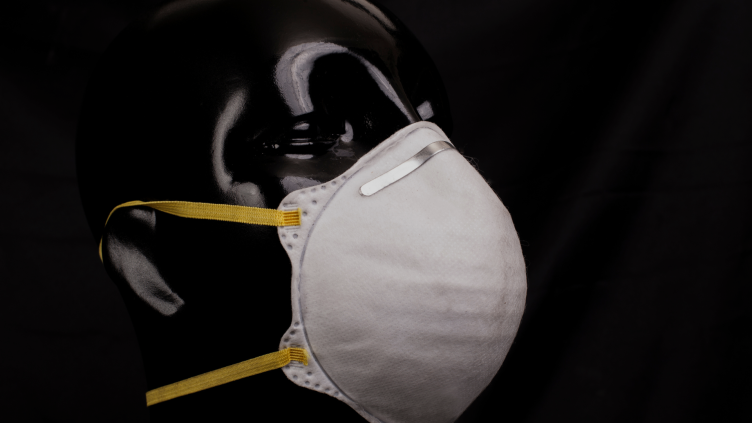
The COVID-19 pandemic has proven to be a transformative period for industries across the globe, and the fashion world is no exception. As the world came to a standstill with lockdowns and restrictions, the fashion industry experienced a profound shift in various aspects of its operations. From supply chains and consumer behaviour to sustainability and digital innovation, the pandemic has left an indelible mark on the fashion landscape.
One of the most significant impacts of the pandemic on the fashion industry was the disruption of global supply chains. With factories shutting down and shipping delays becoming the norm, fashion brands faced challenges in sourcing materials, manufacturing garments, and delivering products to consumers. This disruption exposed the vulnerability of the industry’s reliance on far-reaching supply chains, highlighting the need for a more resilient and localized production model. Many fashion companies began re-evaluating their sourcing strategies, exploring options for domestic or regional manufacturing, and reducing their dependence on single-source suppliers.
The pandemic prompted a seismic shift in consumer behaviour and priorities, which had a profound impact on the fashion industry. With remote work and social distancing measures in place, the demand for formal attire declined, while loungewear and comfortable clothing surged in popularity. Consumers sought clothing that offered both comfort and functionality, leading to a rise in athleisure and casual wear. Fashion brands quickly adapted to this change by introducing stylish loungewear collections, catering to the evolving needs of consumers. As people spent more time at home, online shopping gained momentum, accelerating the growth of e-commerce platforms and digital innovation in the industry.
The pandemic acted as a catalyst for a renewed focus on sustainability within the fashion industry. With the crisis shining a spotlight on the excesses of fast fashion and its impact on the environment, consumers and brands alike began to prioritize ethical and sustainable practices. The pause in production during lockdowns provided an opportunity for reflection and re-evaluation of supply chain processes. Fashion companies started exploring more sustainable materials, adopting circular economy principles, and embracing slow fashion concepts. Consumers became more conscious of their purchasing habits, favouring quality over quantity and seeking out eco-friendly and ethically produced garments.
As physical retail stores faced closures and restrictions, the fashion industry accelerated its digital transformation. Fashion brands turned to virtual platforms and technologies to engage with consumers, showcase collections, and offer immersive online shopping experiences. Virtual fashion shows, augmented reality (AR) try-on tools, and live-streamed events became the new norm, allowing brands to reach a global audience despite the limitations of physical gatherings. The pandemic pushed the industry to innovate and harness the power of technology, forever changing the way fashion is experienced and consumed.
The COVID-19 pandemic has had a profound impact on the fashion industry, triggering a wave of change that will shape the future of style. From disrupted supply chains and shifts in consumer behaviour to a heightened focus on sustainability and accelerated digital transformation, the industry has been forced to adapt and reimagine itself. As the world slowly recovers, it is clear that the lessons learned during this crisis will continue to drive the fashion industry towards a more resilient, sustainable, and digitally enabled future.
